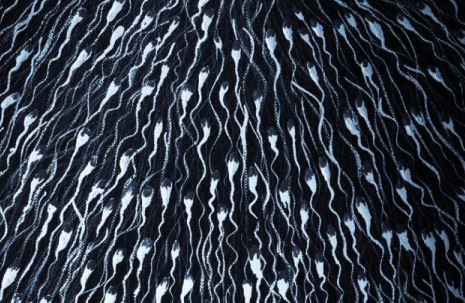Sperm engineered from human skin cells might offer hope to those men who suffer from infertility, according to a new study.
The study, published in the journal Cell Reports, found that after being implanted into the testes of mice, the samples generated into early-stage sperm cells. Scientists said that although “cell precursors” were insufficient to support conception, the breakthrough suggests that in future, the method could be used to grow fertile sperm from infertile men.
“Our studies suggest that the use of stem cells can serve as a starting material for diagnosing germ cell defects and potentially generating germ cells,” said Renee Reijo Pera from Montana State University, US.
Germ cells are specialised cells involved in reproduction.
“It might even be possible to transplant stem-cell-derived germ cells directly into the testes of men with problems producing sperm,” she added.
In their research, following transplantation into the testes of mice, pluripotent stem cells (iPSCs) produced sperm precursors.
The findings could also help explain a genetic cause of male infertility and offer a window into basic sperm biology.
The researchers looked to infertile but otherwise normal men with deletions encompassing three Y chromosome azoospermia factor (AZF) regions, which are associated with the production of few or no sperm.
They found that iPSCs derived from AZF-deleted cells were compromised in their ability to form sperm in a dish.
But when those cells were transplanted into the testes of mice, they produced germ-cell-like cells (though significantly fewer than iPSCs derived from people without the AZF deletion do).
The developmental defect in men with these deletions occurs relatively late in the differentiation of sperm cells, the findings showed.
The study could yield new strategies in the diagnosis and assistance of those with genetic or secondary infertility, just as they may be used to treat degenerative or age-related diseases, the researchers noted.
“This approach has great potential for treatment of individuals who have genetic/idiopathic causes for sperm loss or for cancer survivors who have lost sperm production due to gonadotoxic treatments,” Reijo Pera added.
Agencies/Candajournal

 Canada Journal – News of the World Articles and videos to bring you the biggest Canadian news stories from across the country every day
Canada Journal – News of the World Articles and videos to bring you the biggest Canadian news stories from across the country every day

